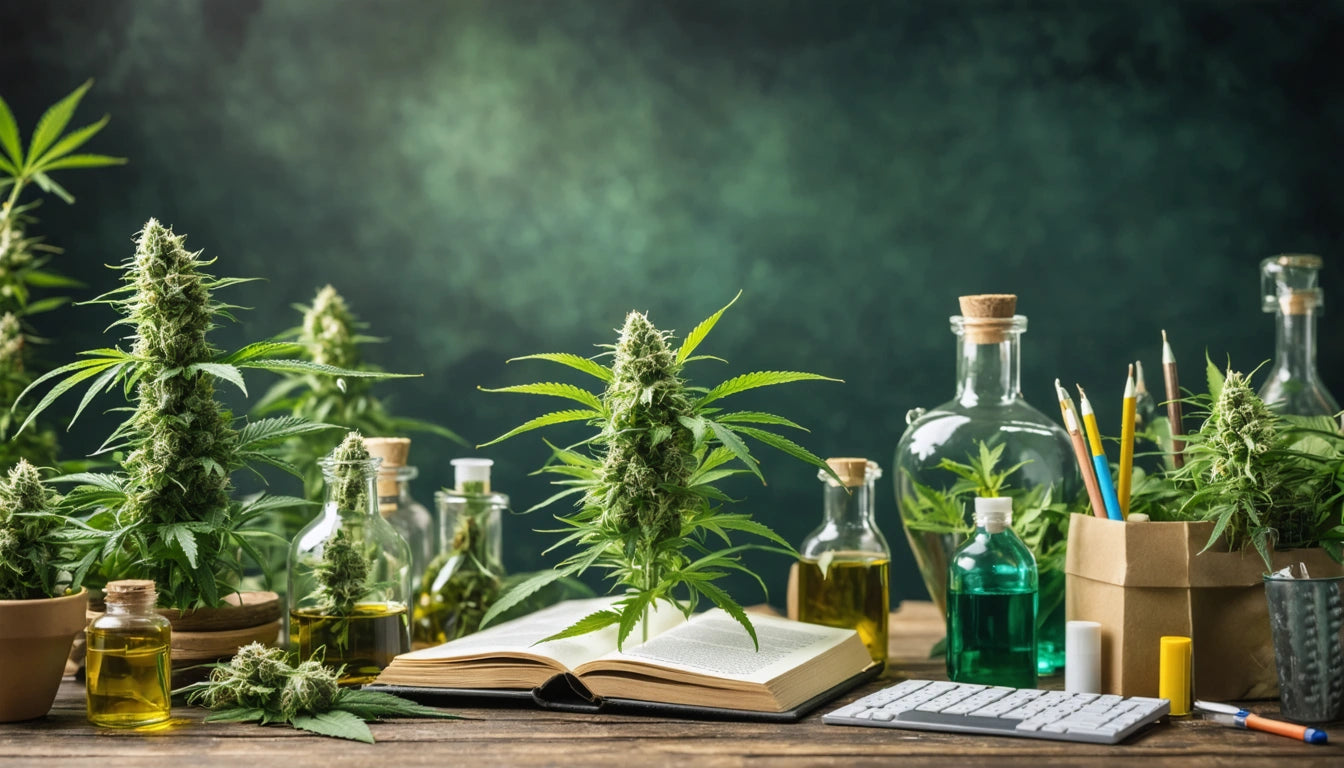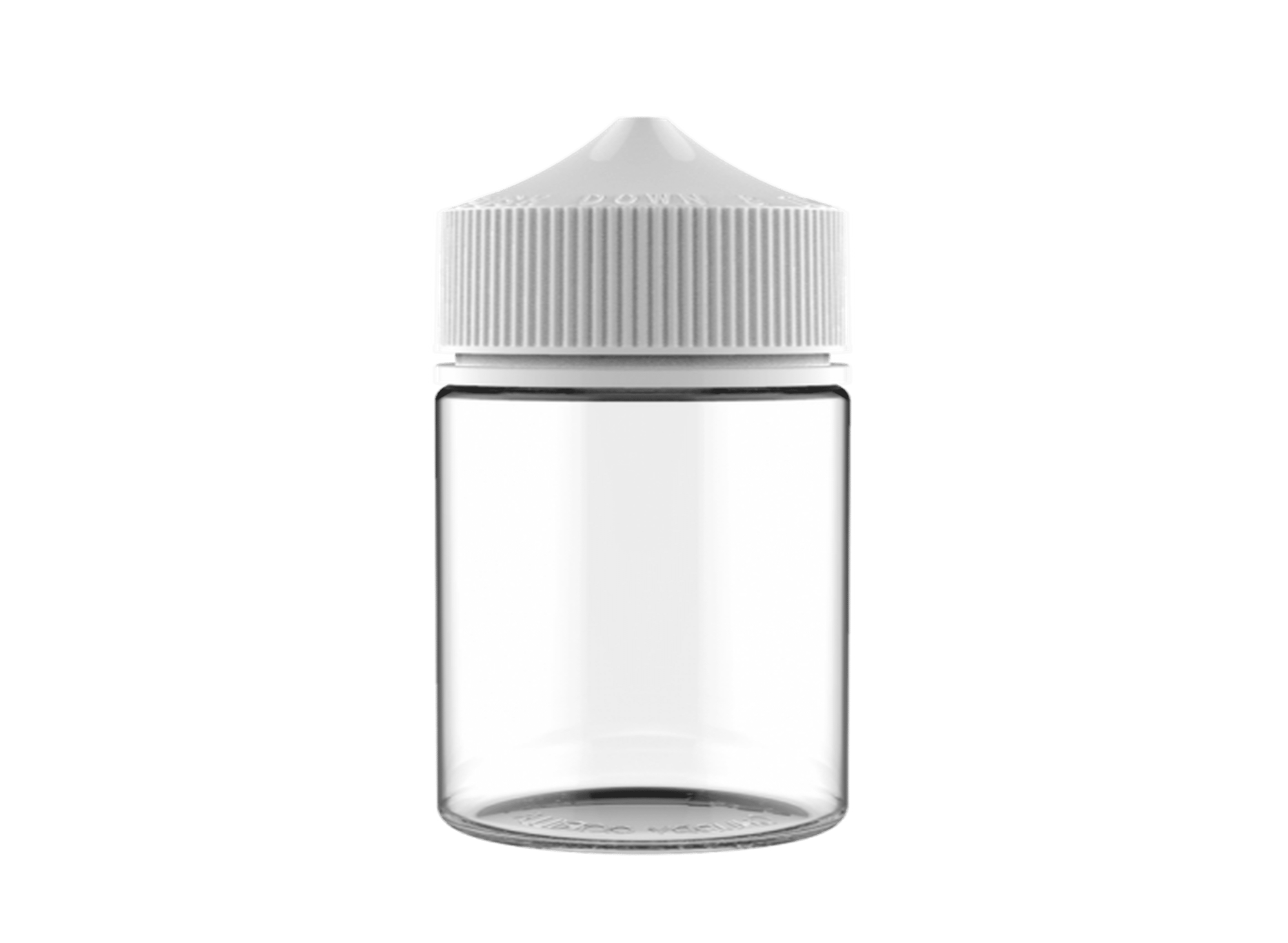Table of Contents
- Biodegradable Revolution: Beyond Basic Materials
- Closed-Loop Systems: Redefining Package Lifecycles
- Minimalist Design: Less Material, More Impact
- Innovative Bio-Based Alternatives Gaining Traction
- Technology Integration in Sustainable Packaging
- Strategic Implementation: Making Sustainability Profitable
Top Sustainable Packaging Trends for 2025
Sustainable packaging continues to evolve rapidly as consumer awareness grows and regulations tighten. The industry is moving beyond simple material substitutions toward holistic approaches that consider the entire lifecycle of packaging. This guide explores the most influential sustainable packaging trends expected to dominate in 2025, offering insights for businesses looking to stay ahead of both consumer expectations and regulatory requirements.
Biodegradable Revolution: Beyond Basic Materials
The biodegradable packaging market is expanding with sophisticated new options that perform comparably to conventional materials. Leading this revolution are mycelium-based solutions, which harness fungal networks to create sturdy, fully compostable packaging. Mushroom packaging has proven particularly effective for protective applications, offering impact resistance comparable to polystyrene while decomposing within 45 days in home compost conditions.
Seaweed and algae derivatives represent another frontier, particularly for food and consumer goods packaging. These materials offer water solubility options that conventional plastics cannot match. According to recent innovations in edible packaging, seaweed films can dissolve harmlessly or even be consumed along with the product they contain.
Closed-Loop Systems: Redefining Package Lifecycles
Circular economy principles are reshaping how brands approach packaging design. Closed-loop packaging systems that facilitate collection, cleaning, and reuse are gaining traction across industries. These systems reduce virgin material consumption while building brand loyalty through return incentives.
Refill stations are becoming mainstream retail fixtures, allowing consumers to reuse containers for everything from personal care products to household cleaners. Our analysis of refill station implementation shows that early adopters are seeing up to 30% reduction in packaging costs while increasing customer retention.
Key Circular Packaging Strategies
- Deposit return schemes that incentivize container returns
- Modular designs that allow for easy component replacement
- Packaging-as-a-service models with subscription elements
- Digital tracking systems to monitor packaging lifecycles
Minimalist Design: Less Material, More Impact
Rightsizing packaging to eliminate excess material continues to be a priority. Brands are embracing structural design optimization that maintains product protection while reducing material usage. This approach not only cuts costs but also appeals to consumers seeking brands with visible sustainability commitments.
Mono-material packaging designs are simplifying the recycling process by eliminating the need to separate components. The rise of mono-material packaging represents a significant shift toward recyclability, with major brands redesigning packaging to use single-material solutions that maintain structural integrity while improving end-of-life processing.
Innovative Bio-Based Alternatives Gaining Traction
Plant-based plastics derived from agricultural waste are moving beyond PLA (polylactic acid) toward more specialized formulations. These next-generation bioplastics offer improved heat resistance and durability while maintaining biodegradability. For specialized equipment needs in production facilities, efficient processing equipment like industrial grinders helps manufacturers integrate these materials into existing production lines.
Hemp-based packaging materials are emerging as versatile alternatives with exceptional strength-to-weight ratios. These materials require significantly less water and fewer pesticides to grow compared to traditional fiber sources, making them increasingly attractive as paper and cardboard alternatives.
Technology Integration in Sustainable Packaging
Smart packaging technologies are enhancing sustainability through improved supply chain visibility and consumer engagement. QR codes and NFC tags are being used to communicate detailed sustainability information, verify authenticity, and provide disposal instructions.
Blockchain integration is improving traceability across complex supply chains, allowing brands to substantiate environmental claims with verifiable data. This transparency is particularly valuable as regulatory scrutiny of green marketing claims intensifies.
As highlighted in eco-visibility trends, packaging that visibly demonstrates its environmental credentials builds consumer trust more effectively than abstract claims or certification logos alone.
Strategic Implementation: Making Sustainability Profitable
The business case for sustainable packaging continues to strengthen as material innovations scale and consumer willingness to pay premiums for eco-friendly options increases. Companies that view sustainability as a core business strategy rather than a compliance requirement are seeing competitive advantages.
According to ROI analyses of sustainable packaging, brands implementing comprehensive sustainability programs are reporting benefits beyond direct material cost savings, including increased market share, improved brand perception, and greater resilience against supply chain disruptions.
For businesses beginning their sustainability journey, incremental improvements can yield significant results. Starting with targeted changes to the most problematic packaging elements often provides the quickest returns while building organizational momentum for more comprehensive transformations.
The most successful sustainable packaging strategies of 2025 will balance environmental impact reduction with practical business considerations, creating solutions that benefit both the planet and the bottom line.











Leave a comment
All comments are moderated before being published.
This site is protected by hCaptcha and the hCaptcha Privacy Policy and Terms of Service apply.